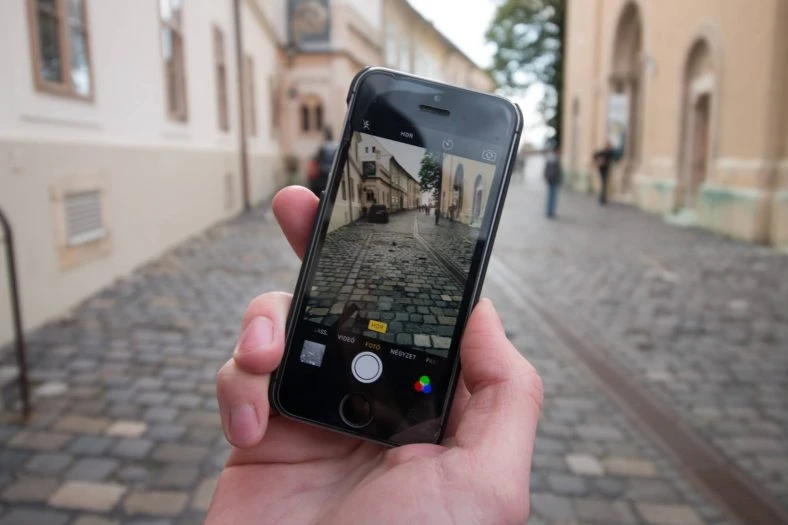What’s Your Favorite Free Augmented Reality Library?

ServReality will tell you about the best virtual/augmented reality libraries that are open source and that are well worth trying if you want to develop a virtual, augmented, or mixed reality application. We will include their basic description as well. When choosing AR library, we relied on service functionality, accessibility, working space, and spectrum of action. Augumented reality technology means a simulation of real word where objects are augmented by computer-generated perceptual information.So, let's get started.
The Best VR Libraries That Are Free to Use:
1. OpenCV with OpenGL
OpenCV & OpenGL are frequenlty used for augmented reality. OpenCV is the first-rated and finest app in the computer vision industry. It is free, powerful, feature-rich, and has a truly great community. It covers vision algorithms, that's why many developers use it with OpenGL as an augmented reality API.
Platforms covered: Android, Windows, and Linux.
2. ARCore
Google stands behind ARCore, so it is a rather functionality-rich platform for AR/VR development. You can download it starting from Android SDK 7.0 and above.
ARCore comes with the following options:
- Environmental understanding: you can place virtual objects in a way that physically connects with the real world.
- Motion Tracking: it is great for going around and interacting with virtual content.
- Light Estimation: you can make realistic-looking objects by dynamically changing the light dependable on the surrounding lighting.
Platforms covered: Android, Unity, Unreal Engine, Web.
ARToolKit
ARToolKit is powerful, fast, and easy to use software, which supports video and optical see-through augmented reality. It comes with such great capabilities:
- Position/orientation tracking of both Single-camera or stereo-camera
- Camera/optical stereo calibration
- Basic black squares/planar image tracking
- Support of the Optical head-mounted display
- Unity and OpenSceneGraph plugins.
Platforms covered: Mac OS, iOS, Windows, Android, Linux, plus Smart Glasses.
Needless to note, each toolkit version has the same functionality, but the performance varies depending on the specific hardware settings.
4.Apple ARKit
Coming with iOS 11, ARKit allows easy augmented reality experiences creation for iPhone and iPad. Currently, It comes with such amazing capabilities:
- Fast, stable motion tracking
- Plane estimation with basic boundaries
- Ambient lighting estimation
- Scale Estimations
- SLAM tracking and sensor fusion.
Platforms covered: iOS, Metal, SceneKit, Unity, Unreal Engine, and other third-party tools.
Kudan
With this platform, detecting simple images and 3D objects made easy and snap. Plus, in the Unity Editor, it's not difficult to create a database. By the way, augmented reality library has both a free version and a paid one. Its free version is used for testing only. To use it in full, you will need to upgrade and that will cost you around $1230.
Platforms covered: Android and iOS.
The Bottom Line
Despite the fact that there is a pretty solid number of libraries you can use for virtual/augmented software development, the ServReality team has specified these five: OpenCV with OpenGL, ARCore, ARToolKit, Kudan, and Apple ARKit. They are robust, feature-packed, and pretty easy and even fun to use.
Which open-source development tools do you use for your augmented reality app development and programming?

